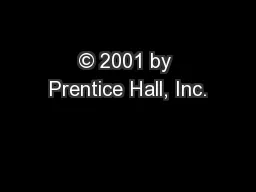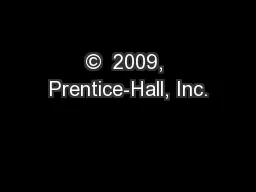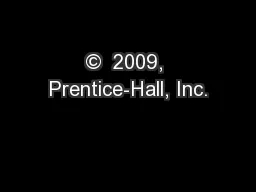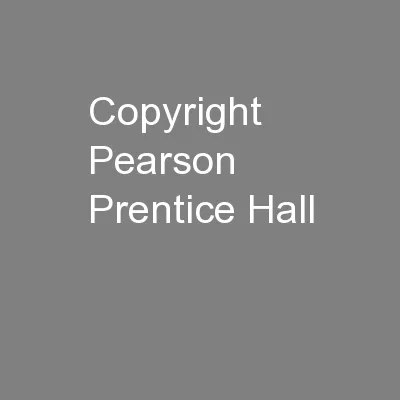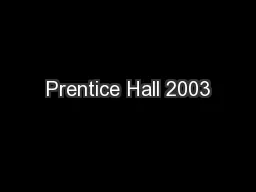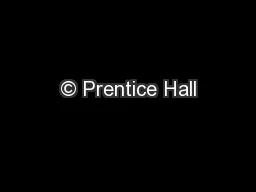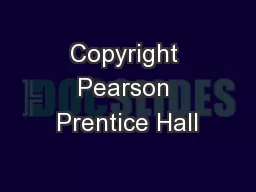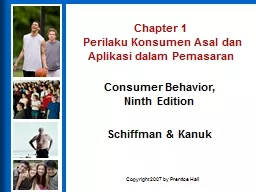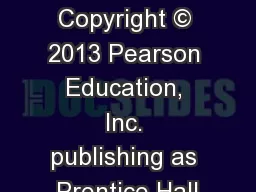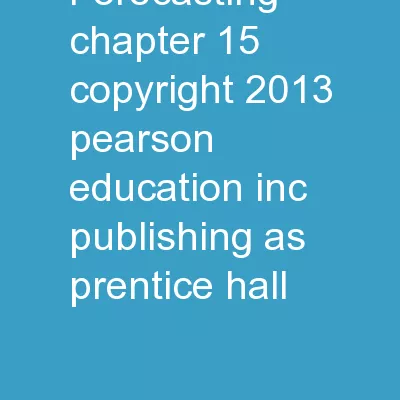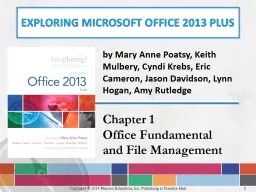PPT-© 2001 by Prentice Hall, Inc.
Author : pamella-moone | Published Date : 2018-10-20
Foreign Policy and National Defense Coach Lott Isolationism to Internationalism Chapter 17 Section 1 2 3 4 For more than 150 years the American people were chiefly
Presentation Embed Code
Download Presentation
Download Presentation The PPT/PDF document "© 2001 by Prentice Hall, Inc." is the property of its rightful owner. Permission is granted to download and print the materials on this website for personal, non-commercial use only, and to display it on your personal computer provided you do not modify the materials and that you retain all copyright notices contained in the materials. By downloading content from our website, you accept the terms of this agreement.
© 2001 by Prentice Hall, Inc.: Transcript
Download Rules Of Document
"© 2001 by Prentice Hall, Inc."The content belongs to its owner. You may download and print it for personal use, without modification, and keep all copyright notices. By downloading, you agree to these terms.
Related Documents

